When All Things Become Visible
Last Sunday, we were sitting along the Chicago River working on last minute prep for our Visible Learning Conference session, watching kayaks and yachts go by whe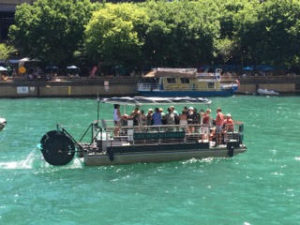 n what to our wondering eyes did appear but a party boat being propelled by 10 eager pedalers.
n what to our wondering eyes did appear but a party boat being propelled by 10 eager pedalers.
Now if you read our last blog, you will understand why we were so excited…collective efficacy was floating by while we were thinking and talking about collective efficacy. (Just so you know, these things thrill us.) The boaters collectively believed they were going to reach their goal with a trusted captain looking ahead, monitoring their progress, and giving feedback on how they were doing. We left to head up to the Corwin bookstore to lay our hands for the first time on our new book dedicated to improving leaders’ skills in observation and feedback. It was a fine Sunday.
Lessons from Lake Michigan
Fast forward a few days…After the conference, we had the opportunity to spend several days on the shores of Lake Michigan. Our hosts had maintained a home there for 30 years and had become quite adept at collecting sea glass (officially known as seaglunking).
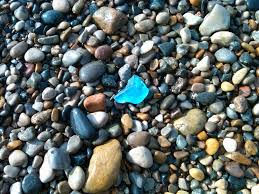 We realized we too wanted to become adept at this to return home with unique mementos. (Goals come in all sizes and shapes!) But, after the first stroll, we didn’t believe we had the skills or keen eyes for it as we returned with no glass and two stones we thought were glass. It seemed impossible. Yet, after just a few days, we returned home with a Ziploc full of treasures. How?
We realized we too wanted to become adept at this to return home with unique mementos. (Goals come in all sizes and shapes!) But, after the first stroll, we didn’t believe we had the skills or keen eyes for it as we returned with no glass and two stones we thought were glass. It seemed impossible. Yet, after just a few days, we returned home with a Ziploc full of treasures. How?
Our hosts made the invisible visible to us.
1. Our hosts showed us exactly what to look for, and because of their years at it, had high expectations for us.
a. They had jars and jars of various shapes and sizes to show us what was possible
b. They outlined criteria for the best finds such as, how the edges should be well worn and that certain colors and larger sizes were considered “the best” (cobalt blue and red, FYI).
2. They built our capacity within our ZPD, gave feedback, and made what we were seeking clear to us.
a. On Day 1, they taught us how to spot the glittering tiny pieces, pointing them out to us in the water before picking them up, teaching us strategies about what they look like in the sun and where they might be in relation to the water’s edge. They watched us and gave us suggestions.
b. On Day 2, we practiced on our own, talking to each other about what we knew to be good strategies. We started to recognize how our actions were keeping us from finding good ones. (e.g., We would get distracted and start talking philosophically about how we are all like sea glass). Our hosts gave us feedback on our finds when we returned and discussed our strategies with us. They praised our ability to see the story behind the tiny piece of glass, but were especially proud we were able to spot brown ones, and locate the larger green ones–all building our confidence.
3. We used the feedback to make adjustments.
On Day 3, we returned to breakfast triumphant and received praise for our success.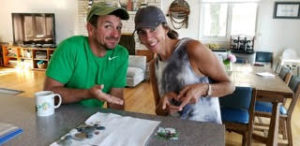
From Shorelines & Seaglunking to Schools
Our hosts, without realizing it, were using the very strategies we write, teach, and talk about every day–supporting learners and increasing their self- and collective-efficacy. As new learners we were successful because Hattie’s essentials related to students becoming assessment-capable learners were in place during our experience.
We know teaching our students everyday is far more challenging than locating colored pieces of worn down Heineken and Budweiser bottles and support for changes in practice require much more than a single day or two of feedback. But shouldn’t we apply the same principles our hosts did for us to our teachers as they work toward daily, weekly, and annual goals? Teachers can become assessment capable learners when there are:
- Clear expectations for teaching and learning, ensuring a common understanding across a school & district
- Supports in place to help them accurately determine how they are doing in relation to those expectations through the lens of how they are impacting students
- Supports in place to help them determine what to do next and how to meet or exceed expectations
Think too about what we know from Bandura (1994) about increasing efficacy. We had the opportunity for:
- Vicarious experiences (watching others)
- Mastery experiences (finding our own success)
- Social Persuasion (positive feedback from our hosts)
- Emotional States (our own joy in the experience)
Strategies to increase self- and group-efficacy and to develop assessment capable learners are tightly woven together. Efficacious learners are generally assessment-capable learners because they see the goal as attainable. And at the heart is high quality support in times of great challenge through high quality observation and feedback from peers or leaders.
Does your professional learning for teachers afford them opportunities to become assessment capable learners who reflect on their own impact? Perhaps, you cannot offer boat rides and views of sunsets throughout the year, but there’s a lot we can learn from our little pieces of seaglass. “I suspect many of us walk past true gems every day…” How many times do you walk by a classroom and not realize what potential or glittering treasure lies inside?

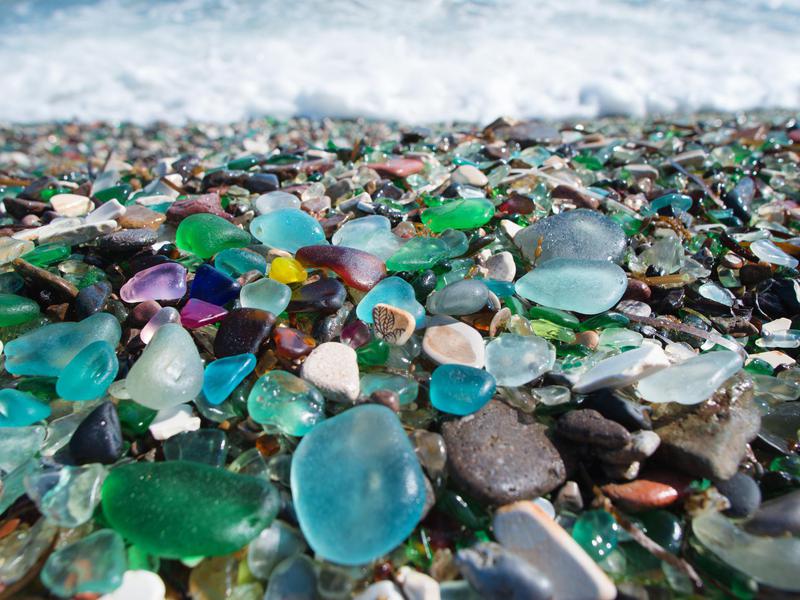
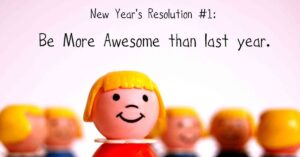
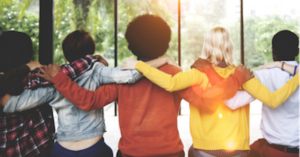

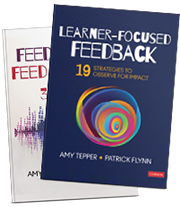
Great blog and comparison on something so simple most people would not
connect the similarities. I need to observe more closely the “glittering treasures” I have volunteering in my program. Need to find some seaglass!